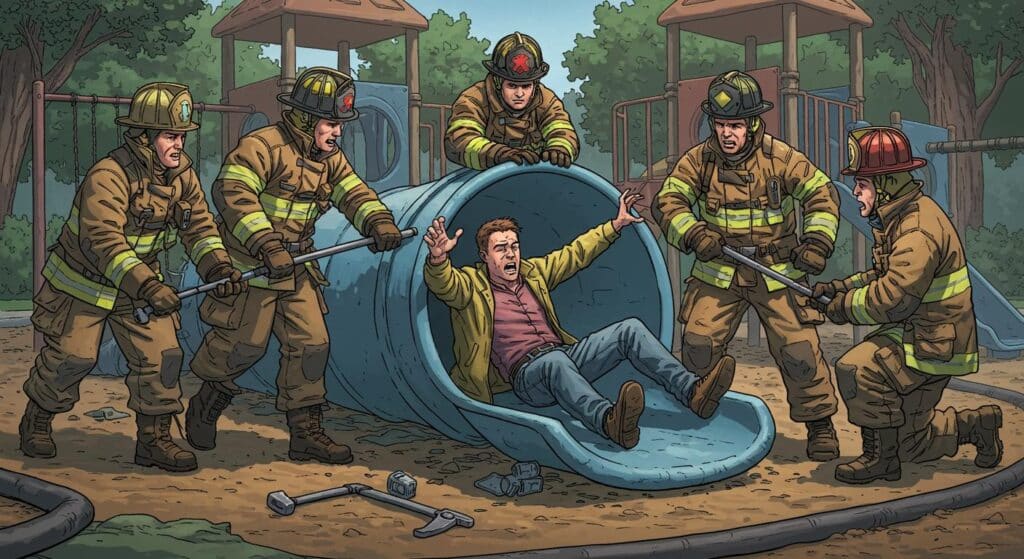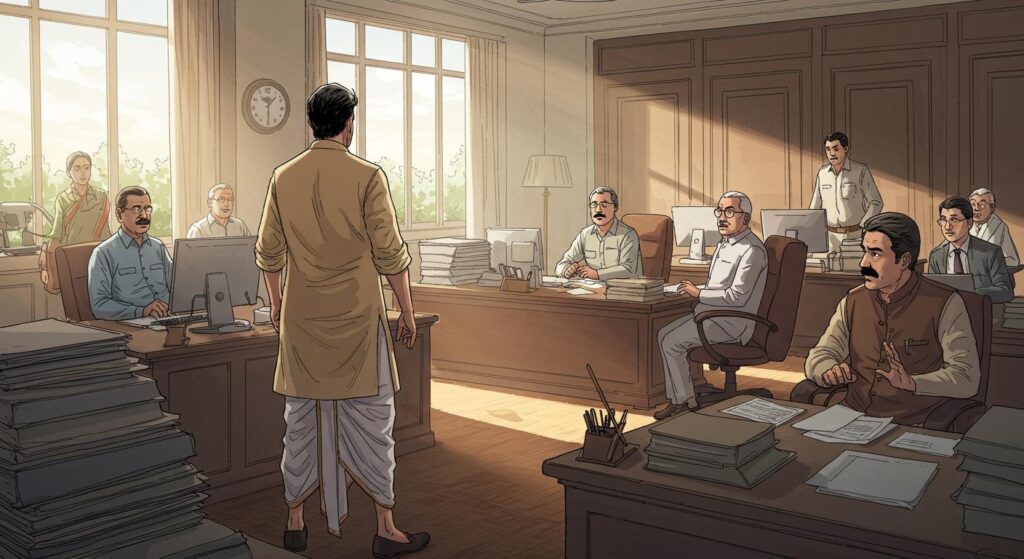Once in a while, a story peeks out of the newsstream that makes me do a double-take for all the right reasons. The latest: a Buddhist pilgrimage to central Australia, featuring kung fu nuns, a “rupture,” and hundreds of devoted travelers who believe Uluru itself is, in some meaningful way, their Buddha. I know, I had to check twice myself. According to a teaser from NT News, over 300 Buddhists—including that somewhat legendary subset of kung fu nuns—recently made a pilgrimage to Uluru based on this belief.
Uluru as Spiritual Magnet: What’s Actually Reported
NT News’ preview offers just enough to raise eyebrows and tempt further investigation. It mentions the sizable pilgrimage, the involvement of kung fu nuns, and that the group’s faith centers on their Buddha being at Uluru. There’s also reference to a “rupture,” and leadership by a guru, but full details are concealed behind a formidable paywall—so any deeper take on doctrine, ritual, or the nature of this “rupture” is left up to our imaginations (or a four-dollar subscription).
Still, the facts as reported are enough to provoke more than a few questions. For starters: Uluru (formerly known as Ayers Rock) is long established as a deeply sacred place for the Anangu people, integral to generations of Indigenous Australian culture and cosmology. Now, as described by NT News, it’s also the focal point for a growing Buddhist devotion—not just a courteous nod to interfaith admiration, but a belief that Buddha is present there.
That alone might put Uluru up with other world sites like the Bodhi Tree or Lumbini—the sorts of places that accrue multiple, sometimes overlapping, meanings as centuries roll by. At the very least, it’s a reminder of how adaptable and portable sacredness can be.
Kung Fu Nuns, the Guru, and the Questions Left Hanging
Among the pilgrims, NT News specifically calls out a group of kung fu nuns—a detail that feels like it belongs in a folklore side quest rather than contemporary spiritual reportage, but hey, stranger things have happened. Their exact role in the proceedings is left unsaid in the available snippet, so whether they lead rituals, provide security, or inspire with well-placed roundhouse kicks, we’re left to quietly wonder.
It’s also noted that some event or idea—the “rupture”—played a part in mobilizing these believers, under the guidance of their guru. Is this a split from a traditional sect? A new insight or revelation? The specifics remain out of reach, a sort of editorial invitation to speculate, but not assert. Not knowing, in some ways, is the most on-brand outcome for a story about faith and mystery.
What we can say, based on NT News’ account, is that the pilgrimage was both coordinated and sizable, drawing hundreds to this windswept giant in central Australia.
Sacred Sites in Flux: Open Questions
This scenario almost begs for a little librarian-class skepticism alongside fascination. Are there conversations happening between the Buddhist community in question and the Anangu custodians of Uluru, or is this more of a separate spiritual lane? Does Uluru’s new role, for this handful of pilgrims, coexist with its traditional reverence, or is it sparking theological tug-of-wars behind the scenes?
The report doesn’t say whether this is a recurring event or something unprecedented—it only specifies that this particular pilgrimage took place, gaining numbers and, presumably, complexity as word spread. It’s not clear if this tradition is newly formed, still morphing, or the latest step in a decades-long spiritual migration.
And those kung fu nuns—are they regular participants, essential leaders, or part of the movement’s unique identity for this occasion? The article leaves that as open as the Outback sky.
A New Chapter in Uluru’s Layered History?
All told, what’s visible in the NT News coverage is less a solved mystery and more an unfolding vignette: hundreds of Buddhists, led by a guru and joined by kung fu nuns, finding profound meaning in a place long hallowed by other faiths. Whether Uluru will become the next Bodhi Tree is anyone’s guess.
But it does raise a pattern: human beings have an apparently bottomless talent for imbuing old places with new meanings, layering story atop story until the landscape is thick with memory and imagination. Maybe Uluru’s Buddhist chapter will remain a curious footnote—or maybe, in years to come, it’ll settle right into the evolving mythology of the world’s sacred places.
Then again, who could’ve predicted kung fu nuns as part of the narrative? Sometimes reality is content to stay at the crossroads of the unexpected and the strangely inevitable.







